
Farmer Field Schools The Sack Garden Plant With Purpose
Fully-grown leaves are collected once a week and three sacks can provide three to four meals per week for a family of five. 80% of the produce is consumed directly, while the surplus is sold to cover the cost of other expenses such as children's education.
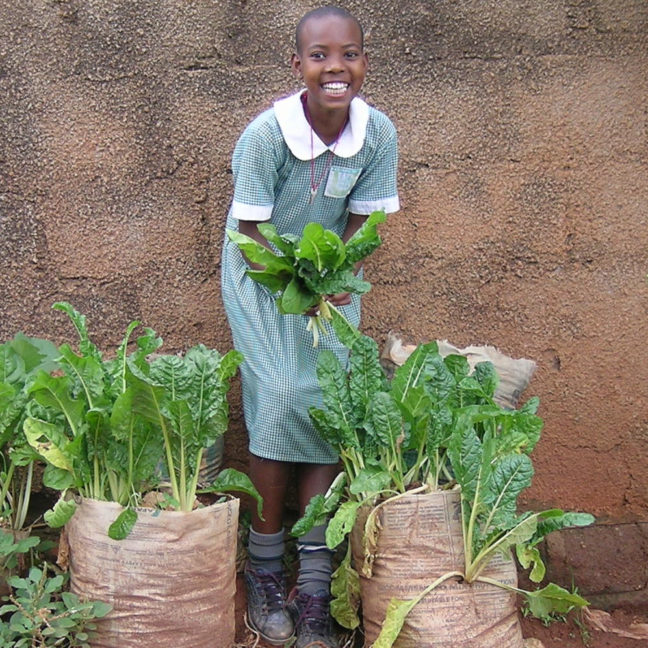
Sack gardening, Uganda Gifts with a Difference
How to make a sack garden Agriculture A garden in a tall sack is a simple home project and a good solution for city homes that don't have much outdoor space. We made one for the first time in a couple of hours, leaned it against the side of a house and planted it with hot peppers, basil and sweet potatoes.
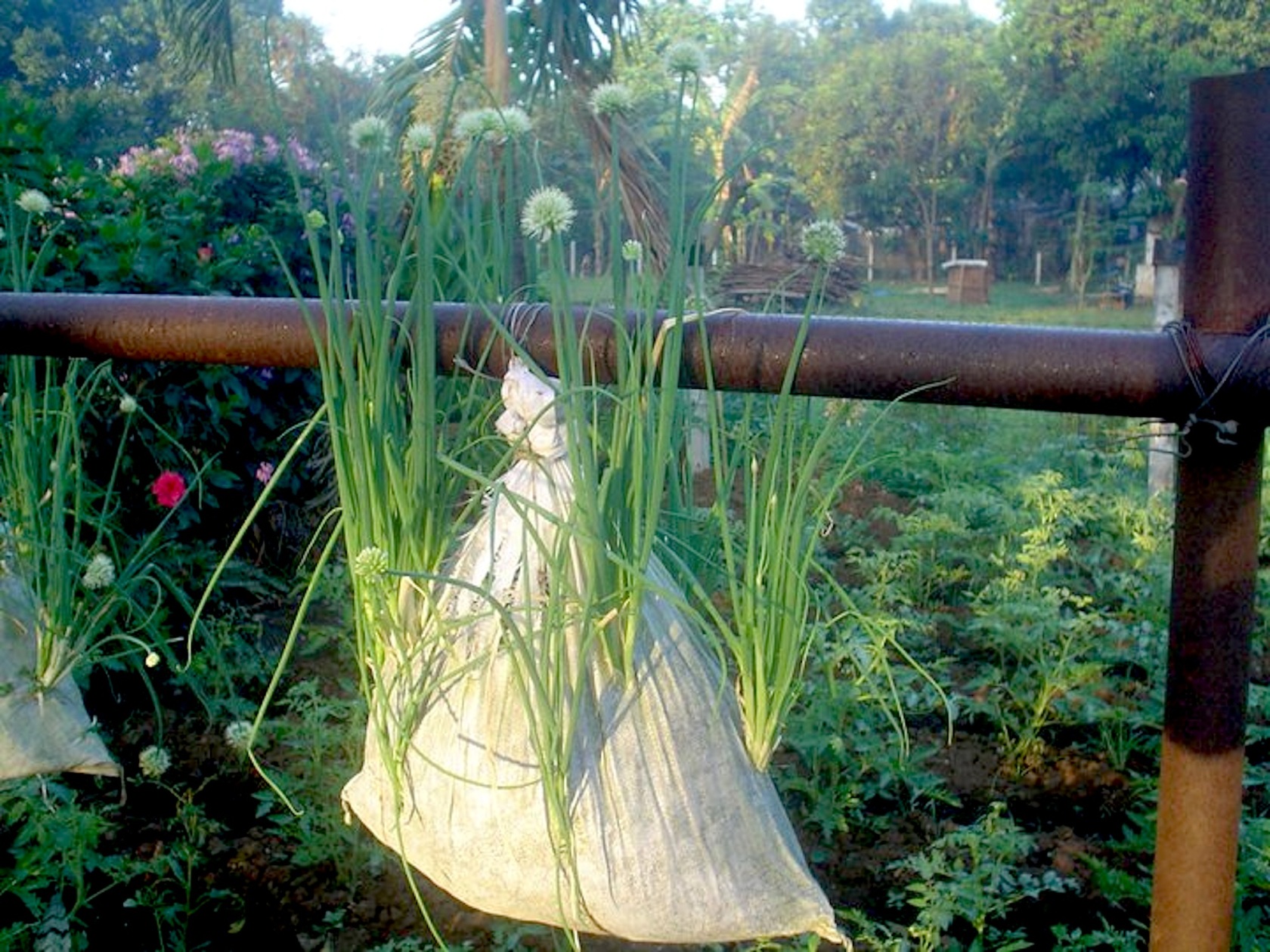
Sack gardening, a novel tool for the hungry and malnourished (Willem
Sack gardens are the saviours of the space-deficient. They are, as the name suggests, a garden in a sack: soil replaces coffee beans and plants grow in the soil. From a lifeless concrete.

How and why you should grow a Gunny Sack Garden Sack, Gunny, Garden
It is a process of filling a series of individual burlap sacks with soil, manure and pebbles for drainage. The rocks release micronutrients into the soil, including boron, cobalt copper, iron, manganese, molybdenum, chlorine and zinc, all essential for high yields and healthy plant growth.
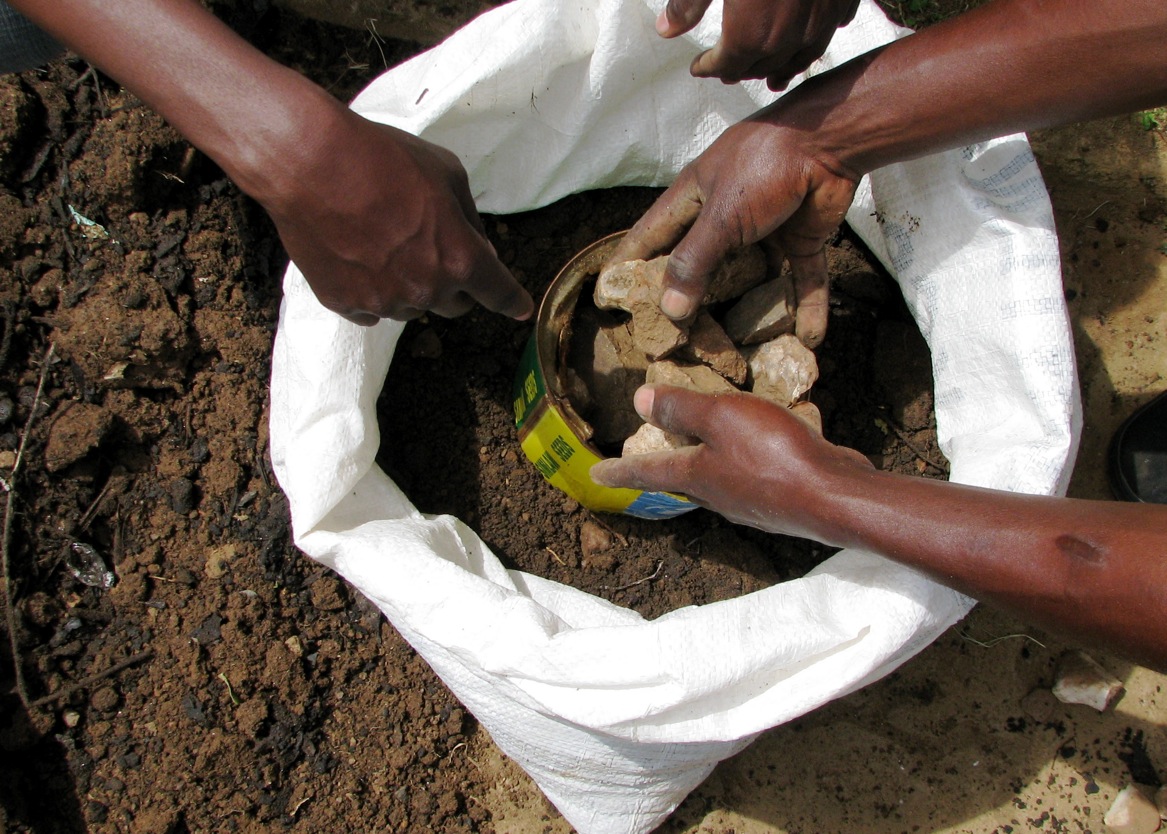
Grow Your Own Sack Garden Humanitarian Aid & Relief
First, prepare the soil The first step to a sack garden is to get the planting soil ready. You'll need to plow and soften the soil before adding it to the sack. Prepare the soil by raking it in and then pressing it with a hoe or shovel. In Plant With Purpose's farmer field schools, members learn how to create and use organic compost soils.

Learn to make a burlap sack garden in 20 minutes Tutorial YouTube
This trail will go along Bagsværd Sø and Lyngby Sø, where the beautiful view can be enjoyed. The two lakes are part of the Mølleå system, where Bagsværd lake is the second largest lake in the system, only surpassed by Furesø. Bagsværd sø is known for carrying out caproning on an international level. The lake can be used by everyone for sailing these types of rowing boats, sailing.
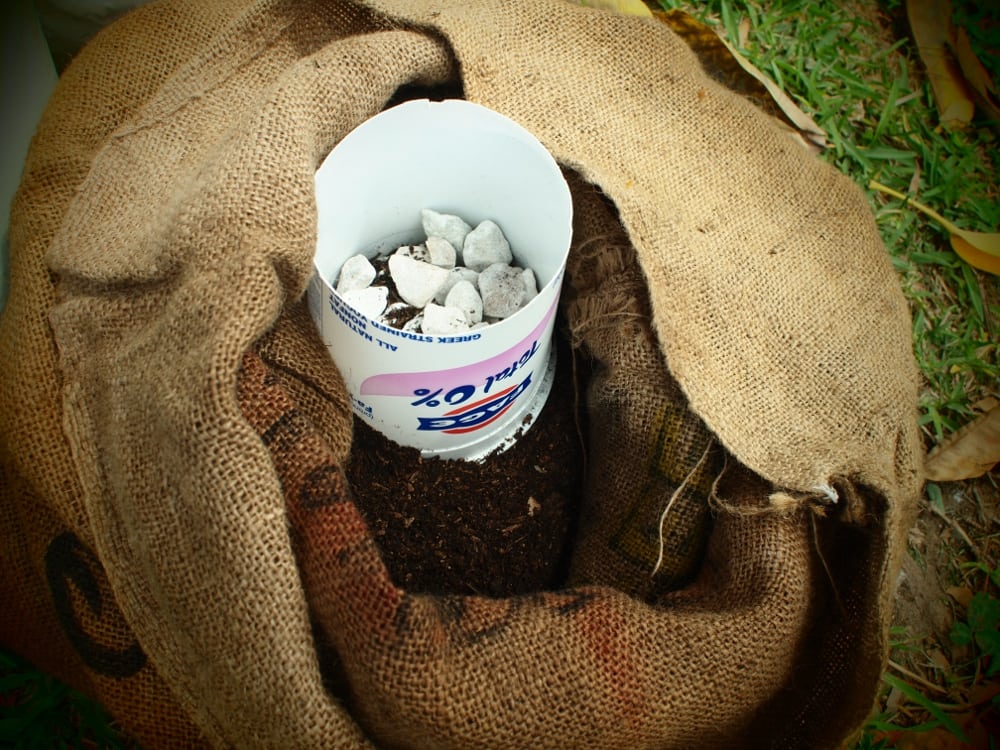
How to make a sack garden Engineering For Change
Sack gardening allows you to grow more plants in less space since the sacks or bags prevent the root systems from spreading too far and inhibiting the growth of other plants. However, growing plants in sacks or bags can increase the risk of overwatering, but you can reduce this risk by cutting holes or using grow bags.

Tracking The Agricultural Scent Sack Gardening
GARDENING IN SACKS HANDBOOK A technique of vertical agriculture THIS HANDBOOK WAS PRODUCED BY THE TECHNICAL AND PROGRAMME QUALITY DEPARTMENT OF SOLIDARITÉS INTERNATIONAL. COORDINATED BY JULIE MAYANS, FOOD SECURITY AND LIVELIHOODS ADVISOR WRITTEN BY ADELINE ANDRES TRANSLATED BY JULIE CASSARD
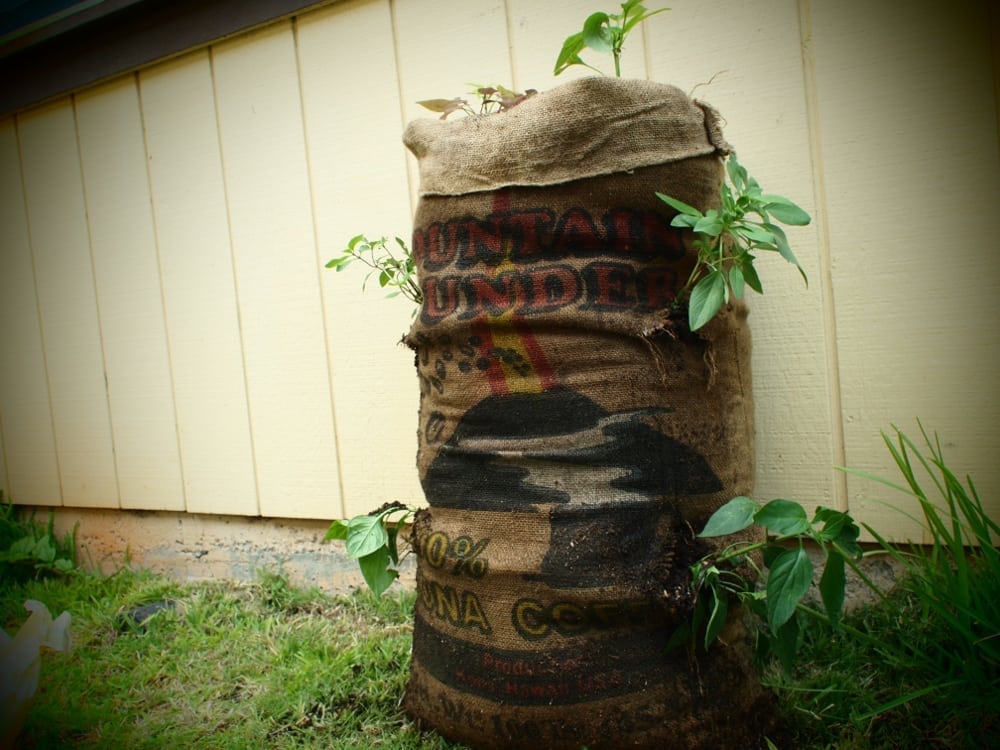
How to make a sack garden Engineering For Change
Sack gardening is a great way to grow in small spaces, this method of gardening is not new but has been around for some time. In fact, sack gardening was first introduced in 2008 because of a crisis that took place in Mathare, Kiambu, and Kibera slums.

WWFPhilippines These Sack Gardens Are Reshaping How We Think About
1. Fill the bottom of the sack with soil mixed with organic compost. Fill the tin with rocks. This will serve as an irrigation channel. 2. Surround the tin with more soil, and slowly lift it up, so that the rocks remain. 3. Fill the tin with more rocks, and surround it again with soil. Repeat this until the sack is filled with a tower of rocks.
Invest On Vertical Sack Bag Farming And Make Revenue Every Month
Grow an abundance of food in a burlap sack!You may have seen people growing potatoes in burlap sacks but this technique allows you to grow a whole garden in.

burlap sack gardening, brooklyn greenspace Small vegetable gardens
The solution Organic sack gardening coordinates urban agriculture in the form of sack gardening. Tall sacks are filled with earth and planted with vegetable seeds. With some care, leafy greens, herbs, onions, and other vegetables sprout from the top and sides of the sacks.
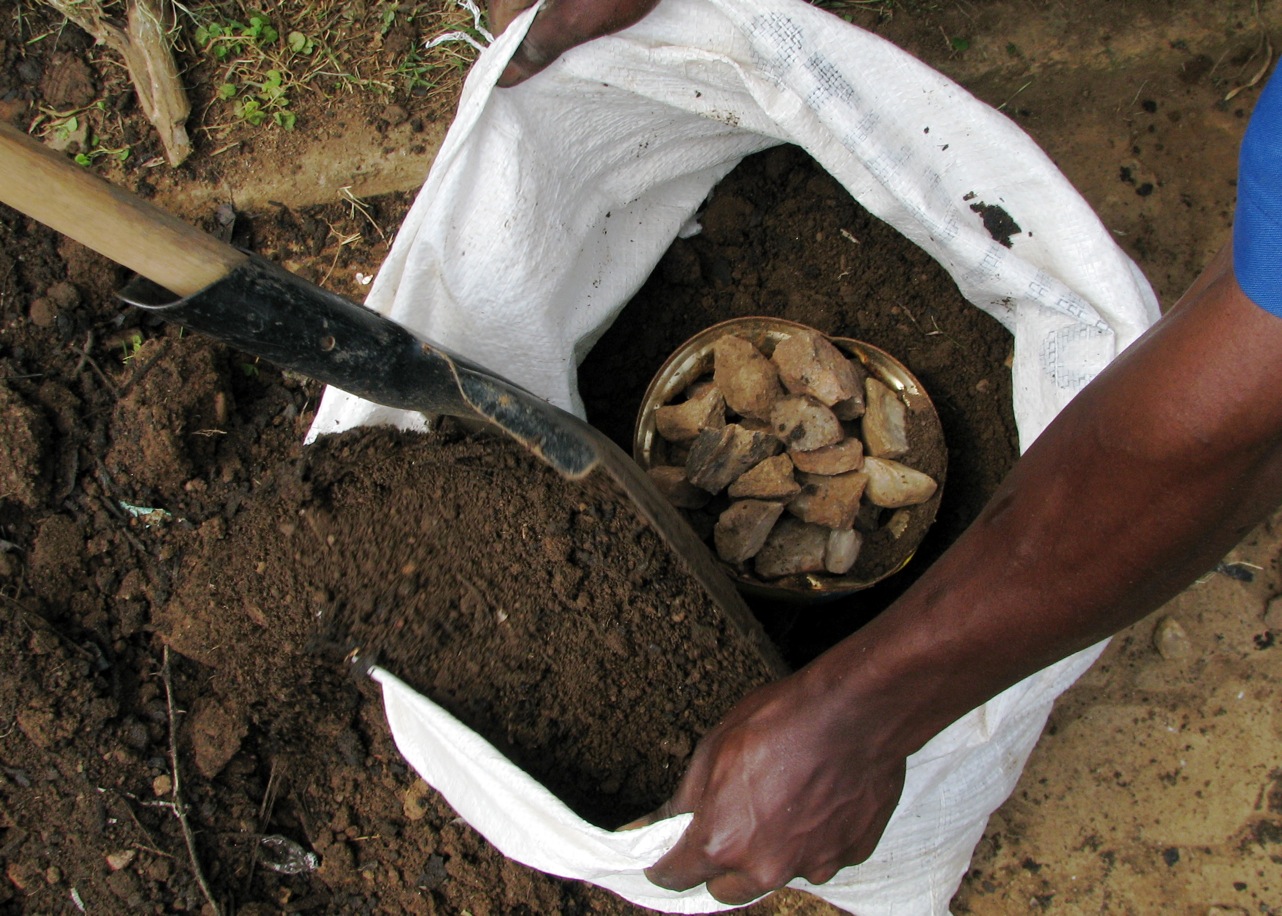
Grow Your Own Sack Garden Humanitarian Aid & Relief
Sack gardening is almost as simple as it sounds: gardening in a sack instead of a pot. But it gets interesting when we use really big sacks—100-pound rice sacks or even larger.
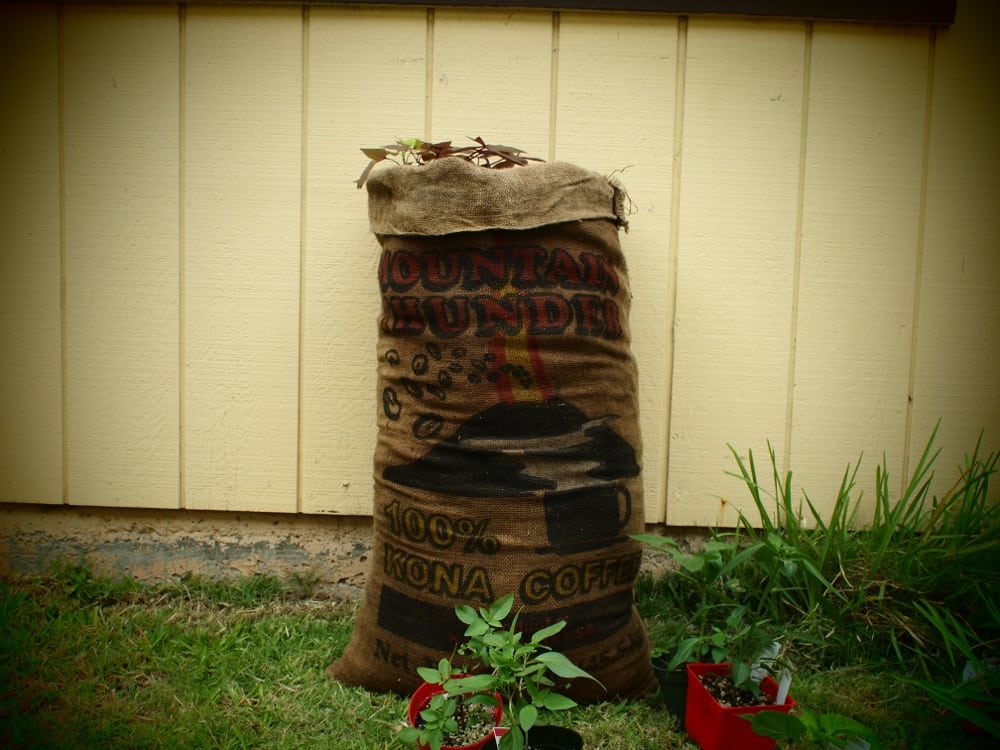
How to make a sack garden Engineering For Change
A vertical garden commonly referred to as a sack garden is simple and cheap to build. You need few materials, a small space and not much water. What do you need to make one? a big polythene bag or sack 4 wooden stakes (to support the sack) ballast/kokoto a hollow tin manure and soil.
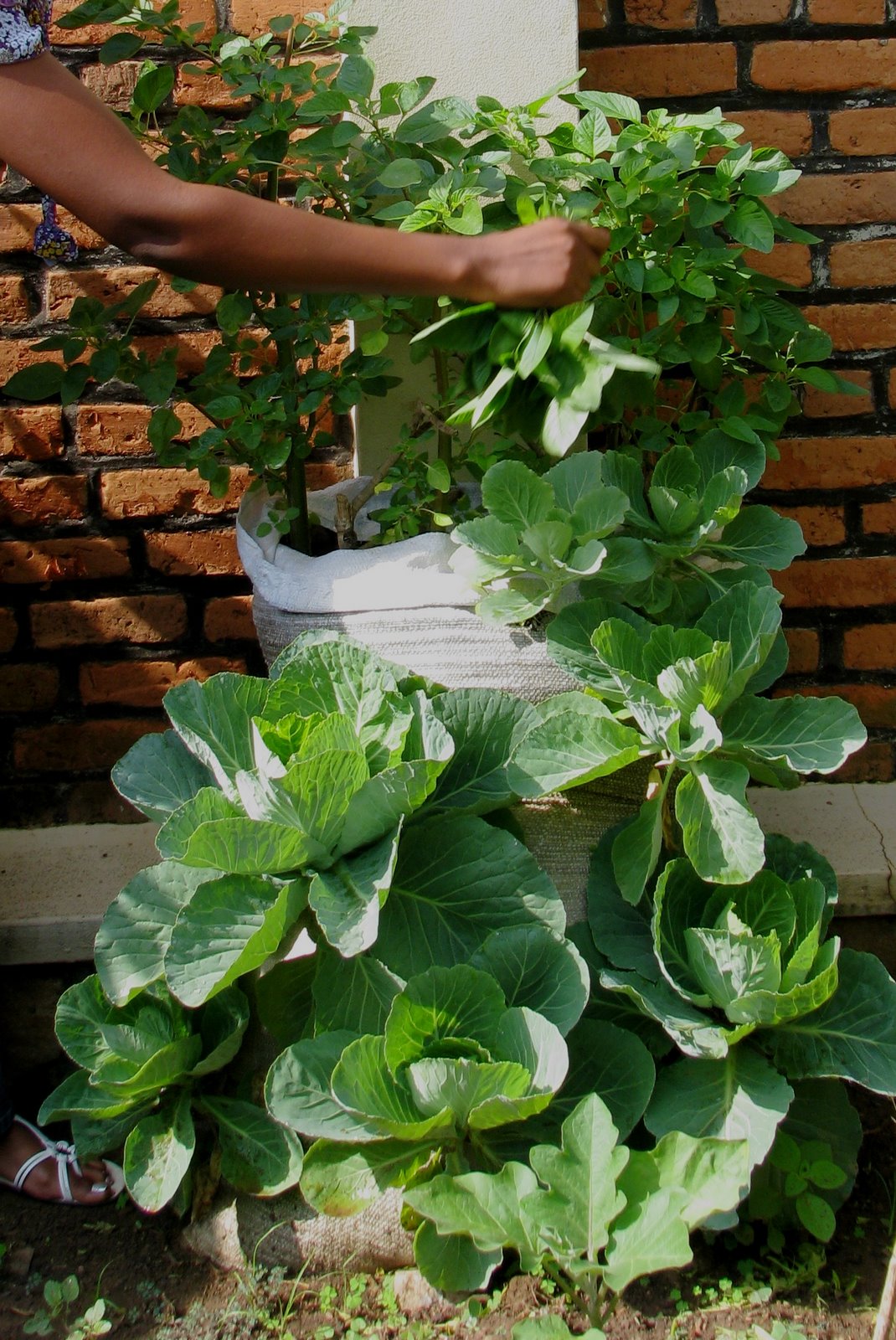
Grow Your Own Sack Garden Humanitarian Aid & Relief
Plant the top of the sack. Cut a small hole in the sack for planting along the sides. Pro tip: We cut the holes too big. Try making a small cut that looks like an upside down "T," then scoop out soil from below the cut to make a little shelf for the plant. The finished sack garden. This can hold more plants, but we settled on six.

Grow Your Own Sack Garden Humanitarian Aid & Relief
The best compost for sack mounds is the one made using poultry manure and plant remains. If you use such compost, the sack mound will yield a lot of vegetabl.